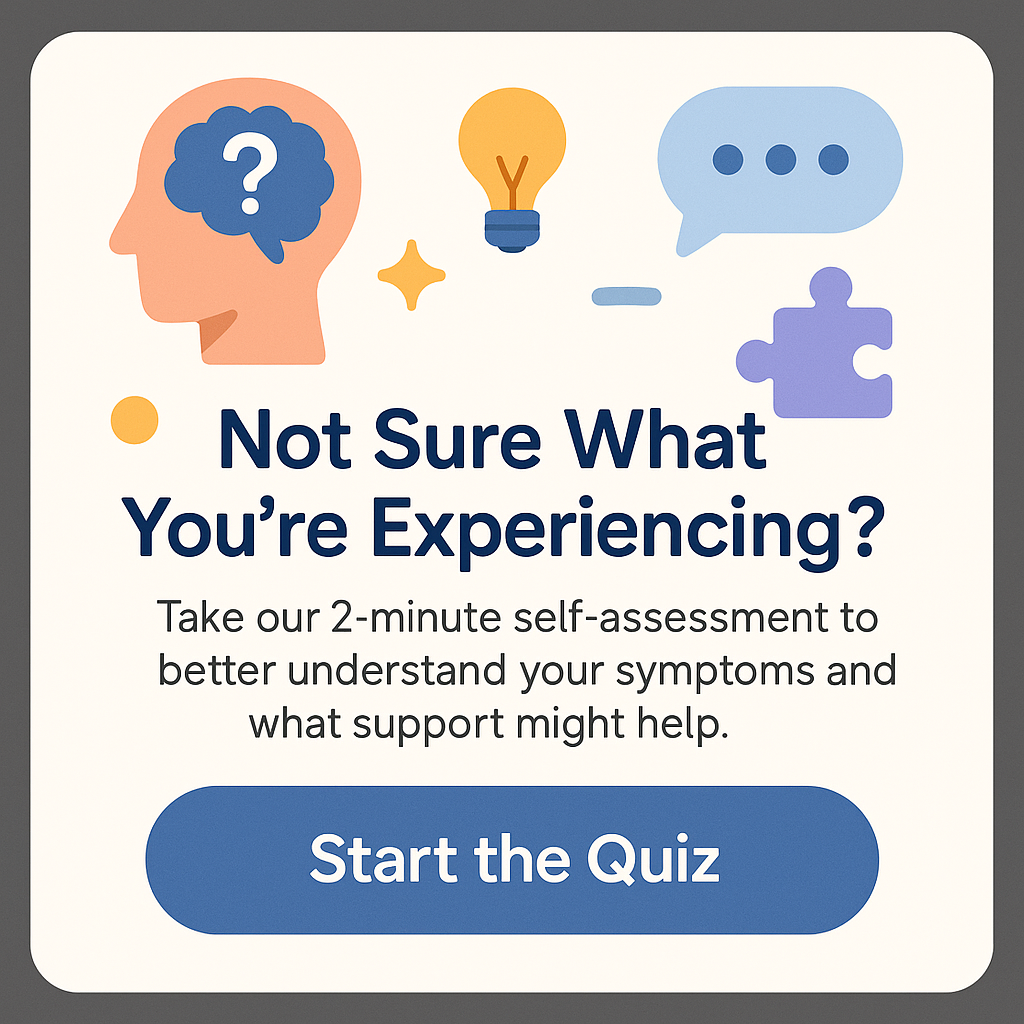What is an example of behavior in ABA?
When we delve into the fascinating world of Applied Behavior Analysis (ABA), one pivotal question often surfaces: What is an example of behavior in ABA?. Understanding this concept is essential for educators, parents, and therapists working with individuals, especially those on the autism spectrum. In this article, we’ll break down the nuances of behavior in ABA, providing insightful examples, and discussing how these behaviors manifest in real-world scenarios. If you’ve ever been curious about how behaviors can be analyzed and modified through structured programs, you’re in the right place. So, let’s embark on this enlightening journey together!
Understanding Behavior in ABA
At its core, behavior refers to any observable and measurable action. In the context of ABA, behavior encompasses a wide array of actions ranging from simple, everyday tasks to complex patterns of response. But, what does that mean in practical terms? Imagine a child who consistently shouts during class whenever they’re excited. This behavior is easily observable and measurable. The shouting can be analyzed in various ways, such as frequency, duration, and intensity, forming the basis for interventions.
In ABA, we focus on behaviors that can be influenced to improve learning and socialization. The central premise is that all behavior occurs for a reason; it is often influenced by the environment. For example, the aforementioned child may shout due to the excitement created by engaging classroom activities or out of a desire to gain attention from peers or teachers. By identifying the triggers and consequences of behaviors, ABA practitioners can develop strategies to promote positive behavior while reducing less desirable actions.
The importance of distinguishing between behavior and non-behavioral terms cannot be overstated. For instance, feelings such as anger or happiness are internal states and cannot be measured directly. However, expressing anger through yelling is an observable behavior that can be documented and analyzed. Therefore, an essential element of ABA is to focus on behaviors that can change, offering practical pathways to improve individual outcomes.
Another example of behavior in ABA might be a person’s tendency to avoid eye contact during conversations. This behavior, while often seen as a negative characteristic in social situations, can be addressed through structured interventions aimed at incremental improvement. Through desensitization techniques and positive reinforcement, the individual may gradually learn to maintain eye contact, significantly enhancing their social interactions.
Moreover, behaviors can fall into different categories—functional or maladaptive. Functional behaviors, such as asking for help when struggling, are productive and facilitate better communication. Contrarily, maladaptive behaviors like tantrums often serve as barriers in effective learning. An ABA approach focuses on understanding and reshaping these behaviors to ensure a more successful interaction with the world.
Examples of Behavior in ABA
When we ask, What is an example of behavior in ABA?, we open the door to countless scenarios that illustrate the principles of behavior modification. Let’s explore two noteworthy examples that showcase how targeted strategies can effect change.
Example 1: Disruptive Behavior in a Classroom Setting
Imagine a brightly lit classroom where every child is engaged in learning, except for one little boy, Daniel. Daniel often interrupts the teacher during lessons, shouting out answers without waiting for his turn. This disruptive behavior not only hinders his learning but also affects the overall classroom dynamics.
Using ABA principles, the teacher observes Daniel’s behavior and notes when he is more likely to interrupt. It appears that he tends to shout out answers after receiving positive feedback from peers. The teacher can implement a behavior intervention plan (BIP) that includes:
- Positive Reinforcement: Every time Daniel raises his hand and waits to be called on, he earns points towards a reward.
- Modeling Behavior: During circle time, the teacher explicitly models how to ask questions and wait for responses.
- Visual Cues: Establishing a visual cue (like a hand signal) indicates to Daniel to wait and raise his hand instead of shouting.
Gradually, Daniel learns that his contributions are valued when expressed appropriately. His frequency of shouting decreases, showcasing a successful behavior modification through ABA techniques.
Example 2: Social Skills Training
Another example of behavior in ABA is seen in social skills training for children on the autism spectrum. Let’s consider Sarah, a 10-year-old who struggles to initiate conversations with her peers during playtime. Her avoidance of social interaction prevents her from making friends and enjoying group activities.
Using ABA techniques, a therapist can employ specific interventions to help Sarah develop her social skills. For instance:
- Role-Playing: The therapist can initiate role-playing scenarios where Sarah practices starting a conversation. This hands-on strategy helps her gain confidence.
- Video Modeling: Watching videos of peers engaging in conversation can provide Sarah with examples to emulate, reinforcing the desired behavior.
- Social Stories: Creating social stories that illustrate interactions and acceptable responses can serve as a guide for Sarah during real-life situations.
These focused interventions will encourage positive social behavior, allowing Sarah to gradually feel more comfortable in social settings. Through consistent practice and reinforcement, she can learn valuable skills that enhance her social interactions.
The Role of Reinforcement in ABA
A critical component of understanding What is an example of behavior in ABA? lies in the concept of reinforcement. Reinforcement can be understood as any consequence that increases the likelihood of a behavior occurring again in the future. For instance, if a child is praised for completing their homework on time, they’re more likely to repeat that behavior because they associate it with positive outcomes.
There are two types of reinforcement: positive and negative. Positive reinforcement involves presenting a motivating item or reward after a desired behavior is exhibited. On the other hand, negative reinforcement entails the removal of an unfavorable condition in response to a desired behavior, thereby promoting that behavior in the future. Let’s explore both in greater detail:
Positive Reinforcement
Positive reinforcement plays a significant role in behavior modification in ABA settings. For example, consider a scenario where a child, Alex, successfully shares toys with his siblings. To encourage this behavior, his parents provide him with praise, saying, “Great job sharing your toys!” Additionally, they might allow him to choose a fun family activity as a reward. Once Alex learns that sharing leads to positive outcomes, he is more likely to replicate this behavior across settings.
Similarly, teachers may use positive reinforcement within the classroom. For instance, they could establish a token system where students earn tokens for demonstrating appropriate classroom behavior, which they can exchange for privilege activities. This system not only motivates students but also reinforces desired behaviors in a structured manner.
Negative Reinforcement
Negative reinforcement, while sometimes misunderstood, is equally important in ABA. It does not mean punishment, but rather the removal of something unpleasant when a desired behavior occurs. Let’s say Daniel, from our earlier example, often feels overwhelmed by loud noises during activities. The teacher observes that when Daniel is allowed access to noise-canceling headphones during group work, his willingness to participate significantly increases.
In this case, wearing the headphones removes the discomfort caused by external noise, thus reinforcing his participation in group activities. With consistent implementation, Daniel learns that engaging with his classmates leads to fewer stressful situations. Therefore, both forms of reinforcement cultivate an environment conducive to positive behavior change.
Conclusion
In exploring the question, What is an example of behavior in ABA?, we’ve uncovered a multitude of scenarios that highlight the principles of Applied Behavior Analysis. Whether in a classroom or at home, behaviors are the key to understanding how individuals interact with their environment. By implementing evidence-based strategies such as reinforcement or role-playing, individuals can learn to replace maladaptive behaviors with functional ones that promote growth and learning.
As we navigate the complexities of behavior, remember that each individual is unique, and interventions must be tailored accordingly. Embracing the principles of ABA not only empowers those working with children on the autism spectrum but also enhances our ability to foster positive relationships and connections within our communities. The journey of behavior change may seem daunting, but with patience and commitment, remarkable progress can be made.
FAQs
1. What types of behaviors are targeted in ABA?
Behaviors targeted in ABA can include social skills, communication, self-care skills, and academic-related behaviors. The focus is generally on enhancing functional behaviors while minimizing maladaptive ones.
2. How is progress measured in ABA?
Progress in ABA is often measured through data collection on the frequency, duration, or intensity of the target behaviors. This data informs whether interventions are effective or require adjustment.
3. Can ABA be used for adults?
Yes, ABA techniques can be used for adults, particularly in vocational training, social skill development, and managing behavioral issues that may arise in daily living situations.
4. Is ABA a one-size-fits-all approach?
No, ABA is highly individualized. Treatment plans are tailored to each person’s needs, taking into account their specific challenges and strengths.
5. Are there any ethical considerations in ABA?
Yes, ethical considerations include ensuring informed consent, respecting individuals’ rights, and prioritizing the well-being and dignity of those receiving services.
How Do I Tell If I’m Autistic? Understanding the Signs and Next Steps
Is it Autism or ADHD? Understanding the Differences and Similarities







